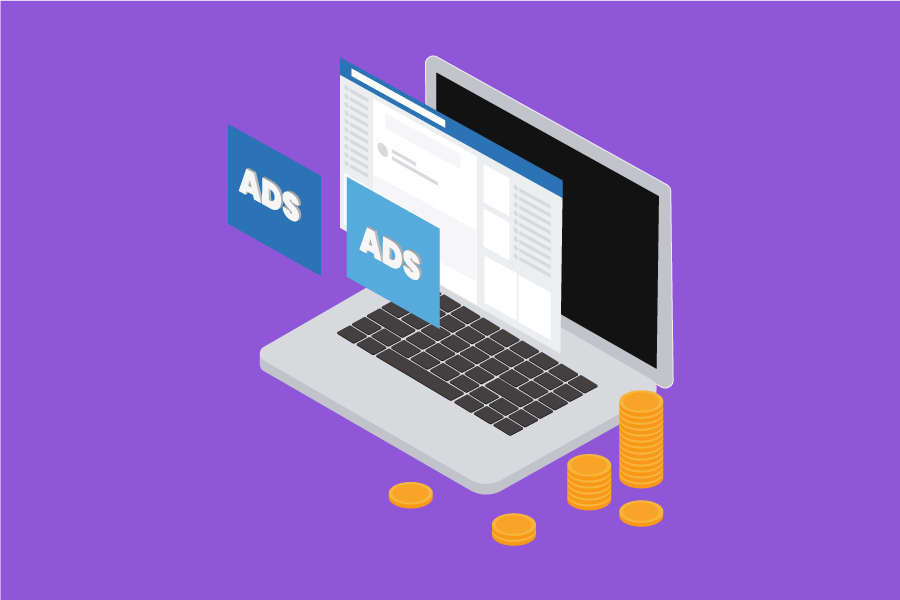If you are looking to learn how to set up a funds for Facebook advertisements effectively, then you are at the best place. This blog will guide you on revamping your Facebook Advertisements funds and offer you tips on both Lifetime Funds and Day-to-day Funds.
The Facebook Advertisements Manager is an intelligent platform that has lots of control selection. It is designed to help marketers reach their selected viewers in the most compelling and effective ways.

You can easily customize your Facebook advertisements for everything from selected viewers to advertisement placements to conversion actions. Still, one thing that doesn’t get noticed yet is exceptionally critical to any business is setting up an appropriation funds for Facebook advertisements campaigns.
There are two types of Facebook advertisements’ funds – lifetime and day-to-day – each with pros and cons. Choosing the incorrect one can be damaging to your campaign achievement and overall marketing efforts.
We will discuss both the Lifetime Funds and Day-to-day Funds in depth below, but before that, let’s look at the levels you want to control your funds.
Campaign Funds Optimization
Before launching the Campaign Funds Optimization option by Facebook, marketers preferred to control the funds on Facebook at the advertisement set level. Campaign Funds Optimization enables advertisers to set a campaign-level funds. It’s then the responsibility of Facebook to distribute the funds to the advertisement sets based on their achievement.

Facebook relies on its Machine Learning capabilities for Campaign Funds Optimization. Facebook allocates more funds to the advertisement set that is delivers better results. Let me explain how Campaign Funds Optimization works with the help of an example. Let’s say you designed an advertisement campaign without Campaign Funds Optimization and allocated a day-to-day fund of $15 to each of the three advertisement sets, making an average of 45-dollars. Each advertisement set generates a couple of conversions bringing in 15 conversions.
Now consider another advertisement campaign where you allocated a 45-dollar campaign-level funds. These funds are equal to the overall pay outing in the previous example. But because of Campaign Funds Optimization, Facebook will serve it to the advertisement sets with the most potential, resulting in an advertisement set pay out levels of $7, $25, and $13 and an average of 22 conversions generated.
While this example makes the situation look like a piece of cake, this isn’t always the case. Campaign Funds Optimization is responsive to targeted viewers size differences and their interests.
As a known fact, Facebook will pay out the maximum campaign funds on the largest viewer size expecting it has the most potential. Even if the small advertisement sets see substantial conversions or returns, Facebook will still go with larger viewers.
Even with Campaign Funds Optimization you can control day-to-day minimums and maximums funds allowances. It means you can instruct Facebook that one advertisement set can only pay out a maximum fund while other advertisement sets have to pay at least a minimum defined amount every day.
We advise you not to use advertisement set minimum and maximum limits to mandate the entirety of your campaign’s day-to-day funds. Why? Because if you do that, this will contradict the essence of Campaign Funds Optimization and bar Facebook from learning and revamping to the best-performing viewers. If you want to instruct and control the funds distribution among multiple advertisement sets, mandate only about 50% of your funds and let Facebook do the rest of the intelligent work itself.
Having explained the ways, you can control your Facebook Advertisement Funds at different levels, now let’s explore the benefits and disadvantages of lifetime vs. day-to-day Funds on Facebook.
Day-to-Day Funds
Day-to-day Funds for Facebook Advertisements are the simplest to set up, but they also have some complications and minor issues that all marketers should be aware of. As the name implies, Facebook will pay out up to the amount allocated to each advertisement set per day. Simple? Yes, it is but not that straightforward when it comes to the Return on Investment.
The Cons First
Facebook will not only pay out up to the allocated day-to-day funds, but it will also pay out the entire day-to-day funds every day, regardless of how the advertisement is performing on that particular day. Facebook will show as many impressions to the selected viewers as it needs to exhaust your day-to-day funds. It may not be an excellent idea on the surface but wait. We will discuss it in more depth in a minute. Let’s look at the second disadvantage.
When you opt for a day-to-day fund, you lose control over scheduling your advertisements for more active times or days. Your advertisements will run around the clock. If your company model or call to action (CTA) demands that your advertisements only run during specific hours of the day, then day-to-day funds aren’t suitable for your campaign.
The Pros:
Before diving into the pros of day-to-day funds, let’s revisit the “exhausting the entire funds every day” thing. This pays outing pattern permits a much easier pay outing pace and makes it easier to control your funds and plan your finances. Moreover, if your advertisement set is performing according to your expectations, then there’s no risk in scaling into your average day-to-day funds.
Facebook day-to-day funds make life easier, especially for those new to the not-so-simple world of Facebook Marketing. It will enable you to set up an always-on, enduring campaign. You don’t need to bother about adjusting date of ending since your Facebook advertisement is on at all the time.
If you have long-running campaigns with quarterly, monthly, or weekly funds that change from periodically, then day-to-day funds are likely the better option for you. To keep in mind is limiting funds increment or decrement to 20% of their initial amount for each day. Any change more significant than 20% will negatively affect the advertisement achievement since it will have too substantial an effect on the Facebook algorithm. You may find this rule challenging to follow, but this is the best way to go.
Lifetime Funds
With Lifetime Funds, you will choose a date of ending for the advertisement campaign and give Facebook a funds you would like to pay out for the entire campaign. This type of funds allocation operates differently than day-to-day funds, but this too has some pros and cons. Let’s discuss!
The Pros First:
With Lifetime Funds, Facebook will set an average day-to-day pay out level, but it will keep adjusting it day-to-day based on the campaign results on a given day. Suppose your advertisement is performing strongly on a given day. In that case, Facebook will pay out a little more than the average day-to-day funds to compensate for the low achievement, but it will also help the campaign reach its lifetime target. On a bad-advertisement day, Facebook will pay out less to save dollars for another day.
At the campaign’s end, Facebook will ensure that you have spent the entire lifetime funds allocated at the start of the movement in the most compelling way. Theoretically, this fluctuating pay outing is beneficial as giving better campaign’s returns, and marketers agree to this!
Lifetime Funds allow you to control advertisement scheduling. You can easily choose which time of the day or days you want your advertisements to be published. If you desire to publish the advertisement only during peak activity hours, you should go for this funds type. But we recommend first testing the advertisement for an entire day for some days and then see the achievement and, if needed, schedule the advertising for certain hours daily.
The Cons:
With Lifetime Funds, cons are not cons, and they are the price for convenience. The day-to-day pay outing in the case of Lifetime Funds can fluctuate quite a lot. And because of these fluctuations, predicting and planning the coverage type you will get on a particular day becomes quite challenging.
If your company model requires you to predict your advertisement pay outing ahead of time to make crucial decisions, you might choose the day-to-day funds over the lifetime funds option.
As a marketer, if you are sure about your advertisement campaign duration and the funds you have spared for it, then using the Lifetime Funds option and directing Facebook to pay out defined funds in the mentioned time frame is a good idea. But in case you might need to shorten or lengthen your promotion duration or change the funds allocated for it, then Lifetime Funds might be unsuitable. Facebook allows you to change the ending date and funds for your campaign later, which will affect how Facebook prioritizes your funds, but this may not be beneficial for your campaign’s outcome.
Suppose it’s unavoidable to change the ending date or allocated funds. In that case, it is also recommended to adjust the other to mitigate any significant and unfavorable changes in average day-to-day pay out, thus preventing achievement from falling flat.
Conclusion
Effectively setting up funds for Facebook Advertisements doesn’t have a one-size-fits-all solution. Technically there’s no absolute wrong or best way to do it. In some situations, one funds type seems to work better than the other one. After knowing all the options at your disposal, I hope you feel more confident setting up funds for your Facebook Advertisements.







